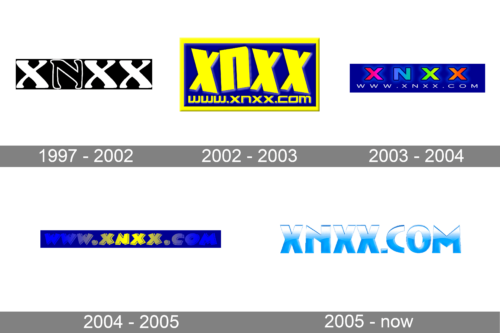
- Version
- Download 90
- File Size 44.46 KB
- File Count 1
- Create Date November 25, 2024
- Last Updated November 25, 2024
ports Illustrated is a hallmark of sports journalism in the United States. Since its establishment in 1954, it has become one of the most reputable sports magazines globally, covering diverse disciplines from baseball and basketball to skiing and boxing. Initially a weekly publication, it transitioned to monthly print editions while expanding its digital presence to adapt to the modern era.
Logo Evolution - A Visual Chronicle
Over the decades, Sports Illustrated has reimagined its logo multiple times to reflect changes in branding and audience preferences. Despite these updates, the designs consistently focused on a text-based style that emphasizes boldness and clarity.
1954–1961: The First Impression
The debut logo of Sports Illustrated featured a straightforward and functional design. It comprised two levels:
- "Sports" was set in large uppercase letters directly over the cover photo.
- Below it, "Illustrated" appeared in small capitals on a horizontally stretched banner with rounded edges.
This composition prioritized readability and emphasized the "Sports" aspect of the title.
1961–1975: A Minimalist Approach
The redesign in 1961 introduced a more unified and professional look. The logo shed its colorful elements, adopting a monochromatic black palette. Both "Sports" and "Illustrated" were rendered in bold sans-serif type, with the former slightly larger for emphasis. This minimalist style mirrored the magazine’s growing authority in sports journalism.
1975–1987: A Splash of Color
In 1975, Sports Illustrated embraced vibrant turquoise, adding a dynamic and modern flair. The wordmark became extra bold, outlined in white, and stretched across the cover without any framing. The tighter letter spacing and emboldened strokes gave the logo a robust and energetic appearance, symbolizing the thrilling nature of sports.
1987–1995: Structured and Bold
The logo underwent a significant transformation in 1987. The name was split into two levels again and placed inside a scarlet-red rectangular frame.
- A bold sans-serif typeface was used, with refined proportions.
- Unique details, like the varying heights of the “I” and “L” in "Illustrated," added sophistication.
The red-and-white palette conveyed energy and passion while ensuring high visibility.
1995–2001: Subtle Enhancements
The 1995 redesign kept the red hue but eliminated the enclosing frame. The letters were outlined in black with a slight shadow, giving the logo a sense of depth and dimensionality. The typeface was refined, making the letters thicker and more closely spaced, reflecting the magazine’s adaptability and progression.
2001–Today: Modern Elegance
The most recent redesign in 2001 introduced a dark-blue and white color scheme, symbolizing professionalism and trust. The letters were horizontally stretched, with a shadow effect for a modern aesthetic. The updated typeface was sleeker, exuding a sense of expertise and authority. This iteration aligns with the magazine's digital-first approach, combining tradition with contemporary style.
A Legacy in Sports Journalism
Sports Illustrated has successfully adapted its visual identity to remain relevant across decades. Each logo iteration reflects the magazine’s enduring commitment to quality journalism, resonating with sports enthusiasts worldwide.
| File | Action |
|---|---|
| Sports-Illustrated-Logo-500x282.png | Download |








